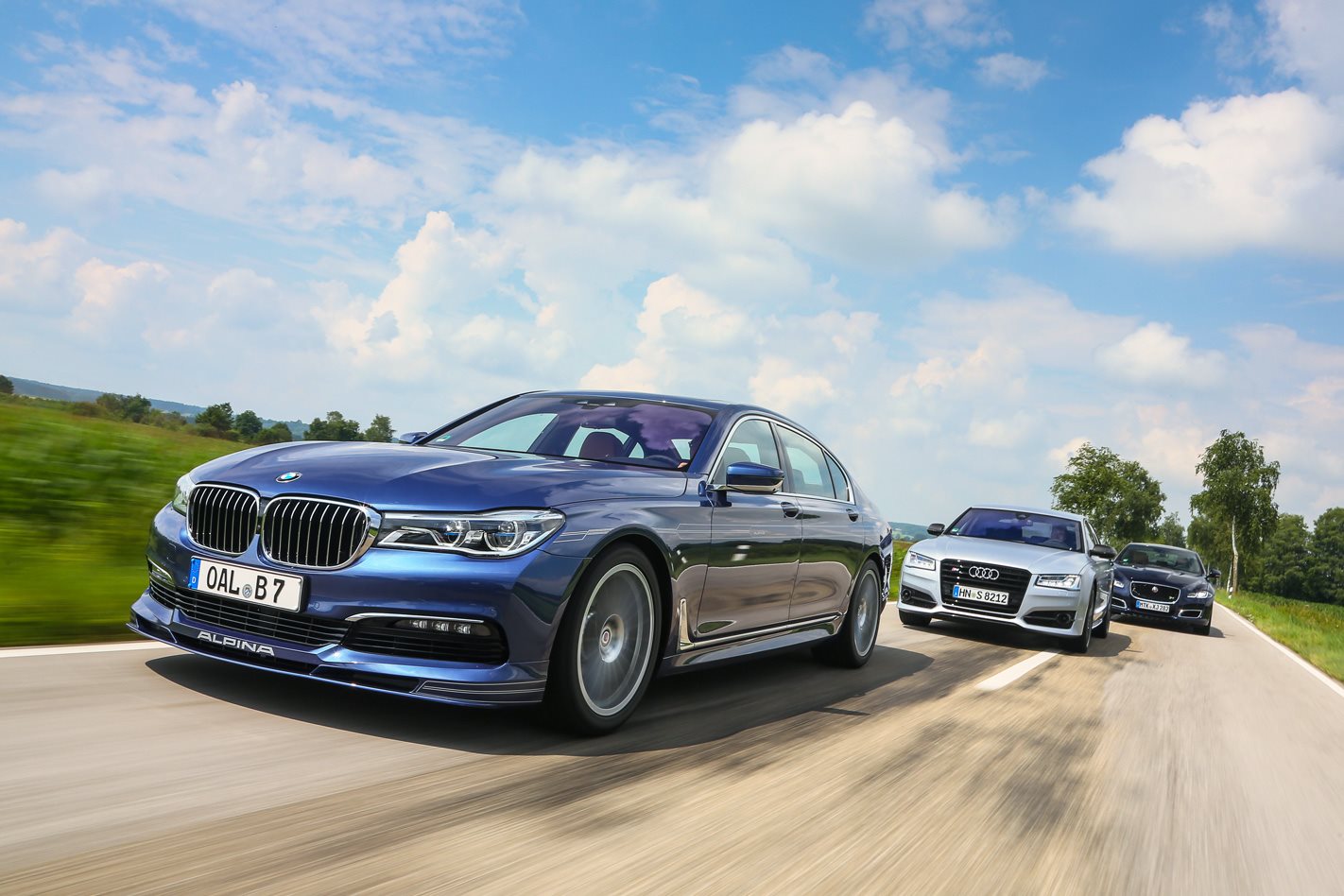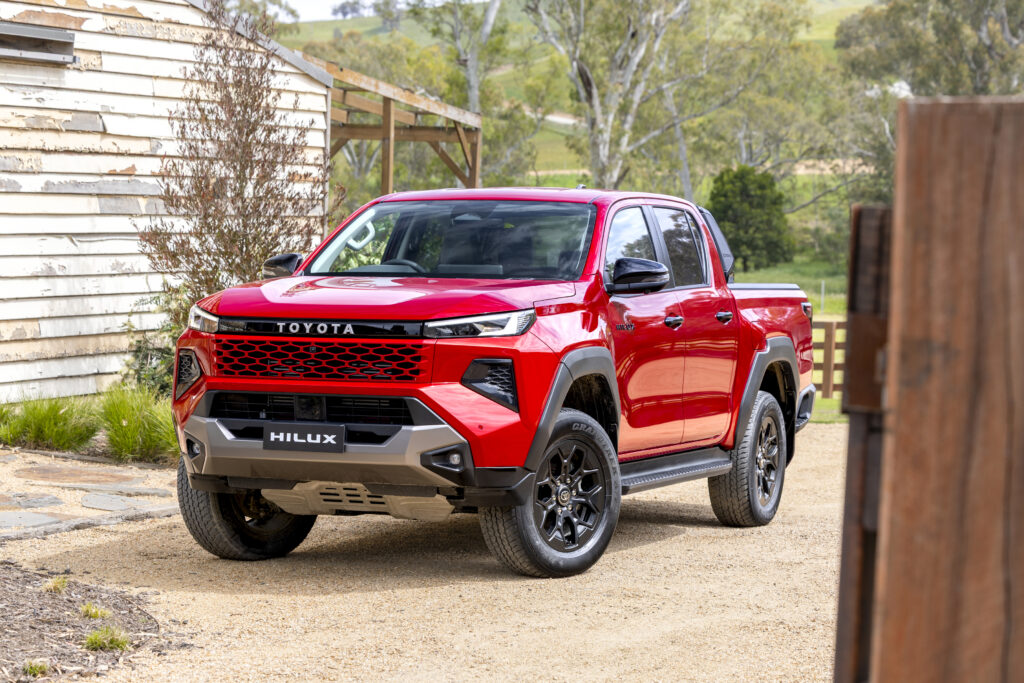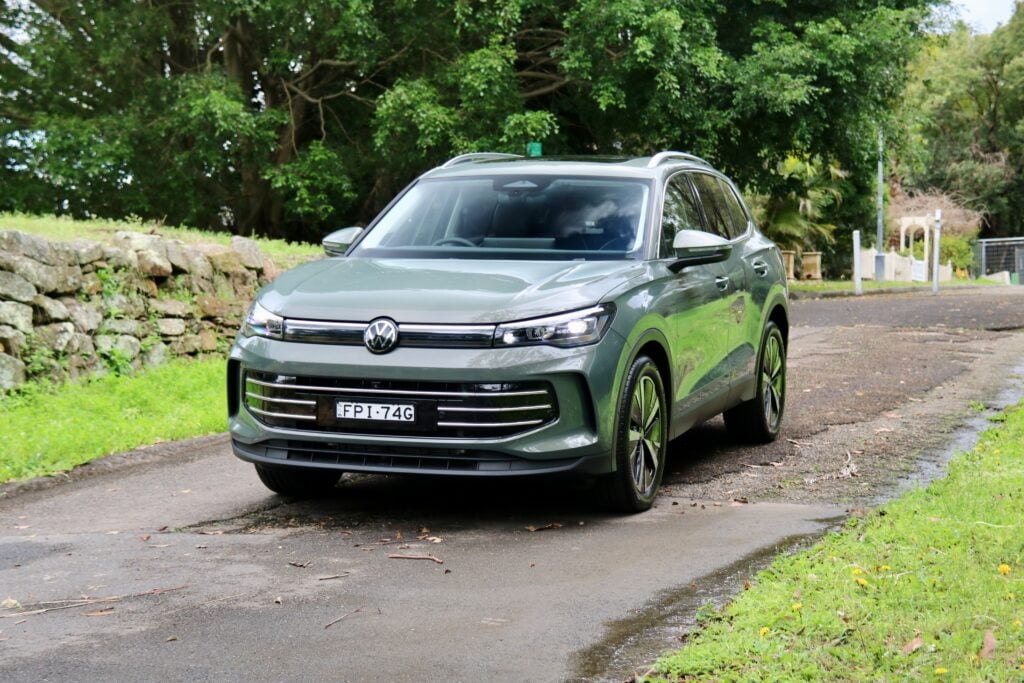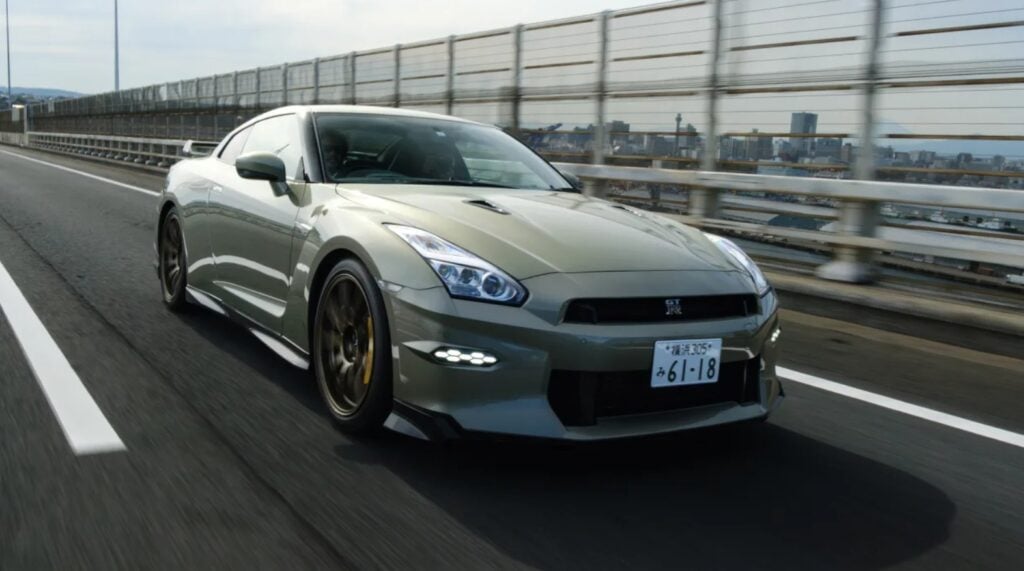Something is not quite right here. Each of these three-box designs has four doors and four seats, ostensibly providing elegant family transit for the very well-to-do exec.
But then you hit the starter button, and all three musketeers drop their masks. Dominating the stage now are three mean V8s, each assisted by two fat turbos or a growling supercharger, always eager to rev and with legs long enough to gobble up blacktop in time-warp fashion.
Attached to the boosted V8s are eight-speed transmissions with wham-bang upshifts, and chassis wearing broad-shouldered tyres, bratwurst-diameter anti-roll bars, aggressive brakes employing discs as large as small satellite dishes, and steering boxes which aim, more or less successfully, to fuse intuition with inspiration and information. Styling varies from the gothic to the technoid, through to the neo-baroque, with each individual cockpit nevertheless embodying an arcane mix of sports bar and cigar lounge.
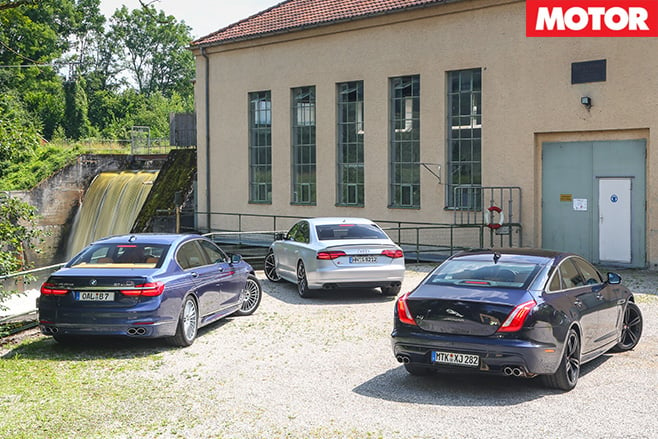
If you are eyeing-off any member of this trio with serious intent, then what you want is not mere opulence and efficiency with a handy turn of speed. Any of these cars makes a statement. You want one because you want the best of breed, a wolf in sheep’s clothing with the pace and class to run unchallenged at the forefront of the pack.
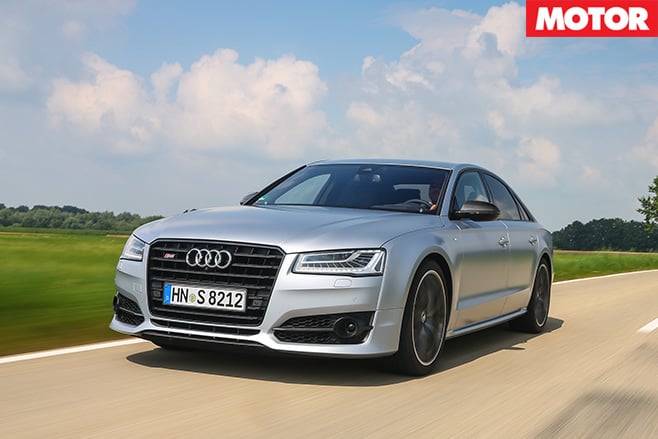
That makes the $330,216 Plus the fastest S-car Audi has produced, however irrelevant that may be on any road in Australia now the Northern Territory has reintroduced speed limits. And it puts it 63kW ahead of the un-enhanced S8, which like the S8 Plus is based on the D4 A8 platform introduced in 2010.
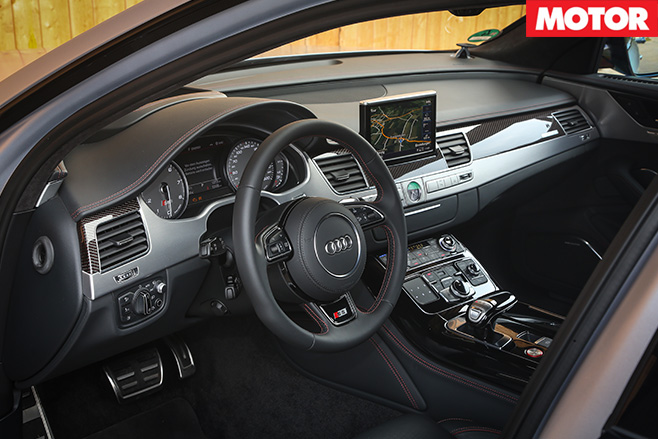
The newest entrant to the V8 uber-limousine contest has the credentials to take on this pair strength for strength. Alpina has long been absent from Australian showrooms but it made a return late 2016, initially offering B3 four-door and B4 two-door models based on BMW’s 3 and 4 Series cars and built to order.
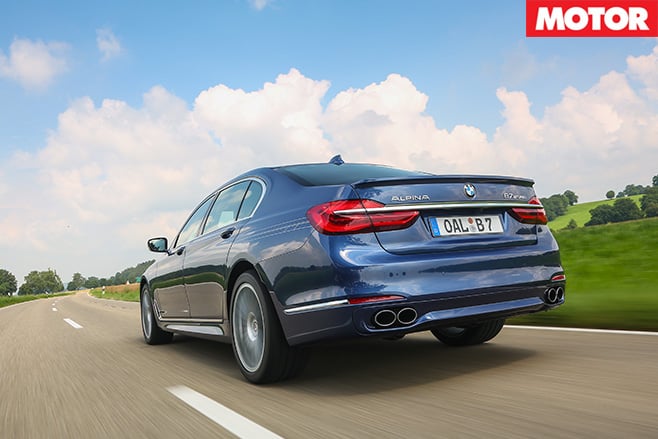
Melbourne-based importer the In Motion Group recently confirmed it has completed homologation for the 7 Series-based B7 Bi-Turbo. Pricing is not yet confirmed, however given the 750Li on which it’s based retails at $312,700 we wouldn’t expect much change from $400,000 for our third and newest contender.
On paper, the much fresher BMW B7 is the car to beat. The Alpina treatment includes bespoke turbochargers, a free-flow induction and exhaust system, and a small army of intercoolers, oil coolers and radiators, pushing the output of the 4.4-litre twin-turbo BMW V8 to 447kW (a giant leap from the 330kW of the original).
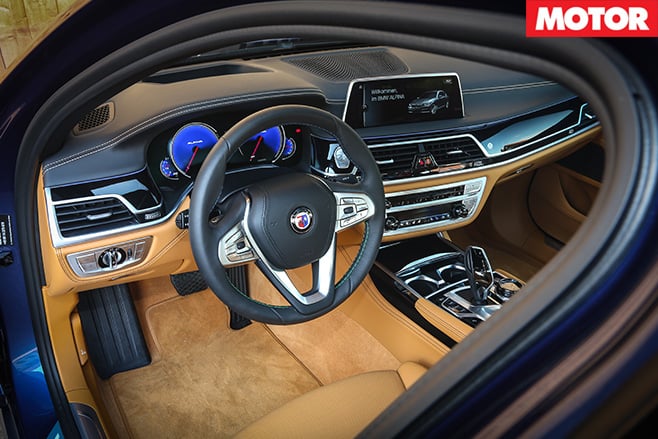
The untold mission of the Alpina flagship, with its trademark ’70s-look multispoke wheels, is to show BMW and the world that no one does super-luxury sports sedans better than the small Bavarian specialist. It represents an attempt to unite the finest of all worlds as the ultimate common denominator of comfort and performance. The 7-Series chassis combines all-wheel drive with rear-wheel steering, makes adaptive adjustments to the anti-roll bars, and links the adaptive dampers to a camera that scans the road ahead.
The B7 impresses in many areas, but there are three traits we don’t like. The squat under full-throttle acceleration from low to medium speed kicks up the bow and feels very old-school. Brakes compensate for a shortage of initial bite with subsequent vigour and pronounced dive. And the steering on less than perfect turf transmits too much information. No big deal, but a couple of small bruises on an ego transferred from maker to machine.
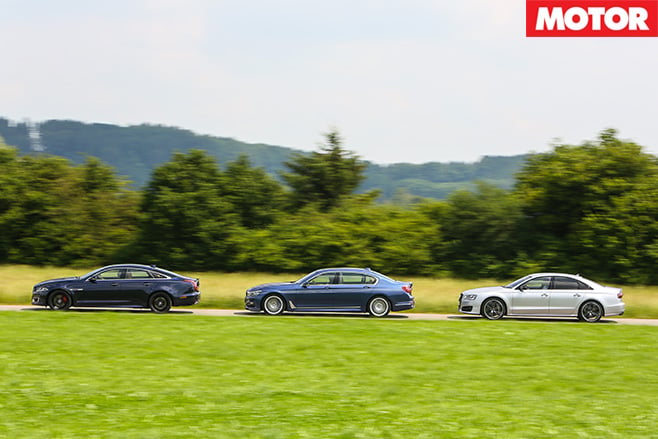
When you give the Audi stick at the exit of a bend, the body likes to bob up and down once before the car settles for the straight-ahead. And the tiller’s calibration is confusingly broad. Around town, a quick two-finger flick at the wheel gets you round any 90-degree bend.
On the freeway, however, the set-up is almost too stiff even for high-speed stability freaks. Drive Select invites you to dial in a slightly more relaxed steering action – or an alternative that is even more frantic.
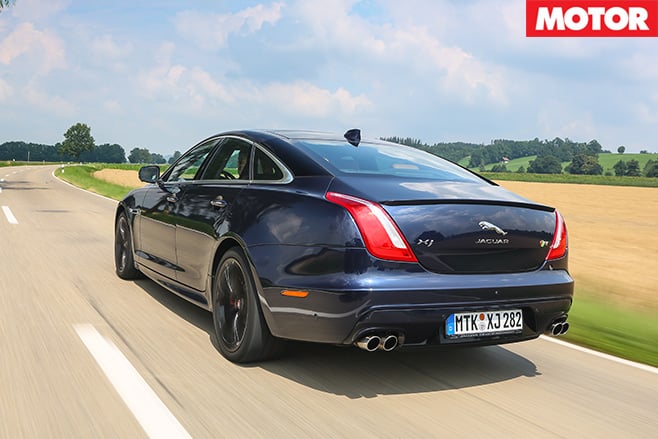
Whenever you are no longer in the mood for low-rev, sheathed-claws wafting, simply hit the Dynamic button and the Jaguar will duly morph from living-room pussy to snarling wild cat. It has the most likeable steering of the lot, packing a sweet blend of input and response, quick turn-in followed by nicely weighted feedback, with enough interest as you wind on more lock yet zero nervousness to encourage second guessing when carving a straight line.
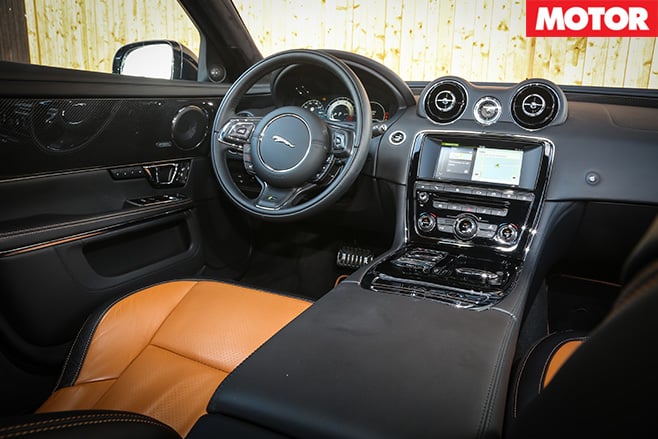
The Alpina soaks up vagaries more comprehensively than the grip-oriented yet latently tail-happy Jag and the lightfootedly neutral Audi. In combination with a unique Sport-Plus mode, the special software developed in house will send only 10 per cent of the torque to the front axle, lower the ride height, select the tautest damper setting, switch the steering to flick-quick and turn up the exhaust volume.
On mirror-smooth tarmac, that’s the way to go. But on bumpy ground, one should mix and match the settings. Although it is 5250mm long, rear-wheel steer makes the B7 feel almost as nimble and agile as a 5 Series. The absolute stopping power leaves little to be desired, but we would still prefer compound discs for even more strength and stamina.
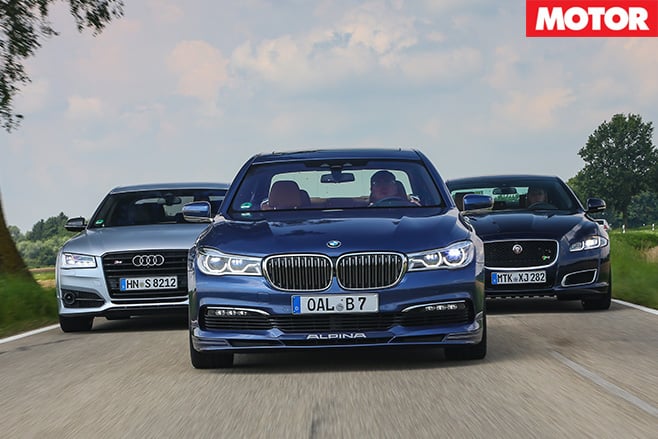
The stoppers fitted to the Jaguar are more obliging and easier to modulate but no less tenacious. Being the only rear-drive contender, the XJR is in principle favourably disposed toward the odd smoky burnout and a whiff of sideways pathos. But at the end of the day, we found it more rewarding to mastermind the momentum, to position the car for the next corner, and to keep up the flow.
Ergonomically, all three models strike an odd balance between brilliance and madness. This applies in particular to the Alpina, which should come with a half-day total immersion course. Autonomous driving? Yes, but not in this vibrating, beeping and flashing please-wait-another-four-years manner.
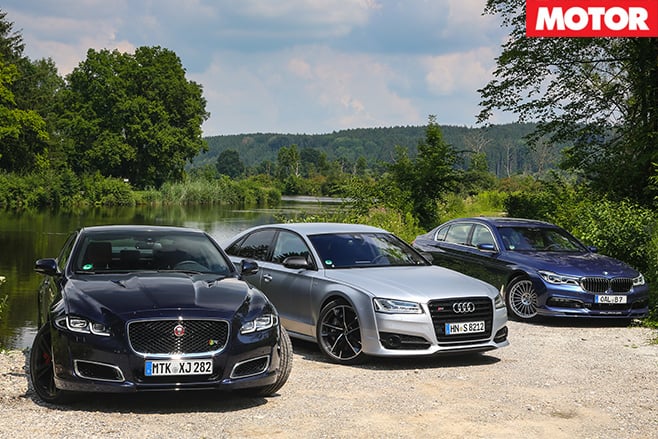
It’s the curse of doing things because they can be done, plus an erratic gear-lever which drives you bananas when selecting R or P, and persistent difficulties penetrating the callous Multi Media Interface maze with your digit. Nor is the Jaguar a master of the centre stack. While the latest infotainment system does bring it up to speed, the busy steering-wheel, the scattered controls and the distant touchscreen are nothing to brag about.
The Jaguar mixes eight parts XJ with two parts R. It’s a four-seater GT, brawny but dated. The Audi is the sports car in this trio. The S8 Plus is sure-footed, corner-greedy and charmingly competent. The Alpina treatment has turned the 7 Series into a much faster yet barely less docile hyper-sedan. Even though ambition and ability don’t always match, the Alpina B7 does outperform the competition.
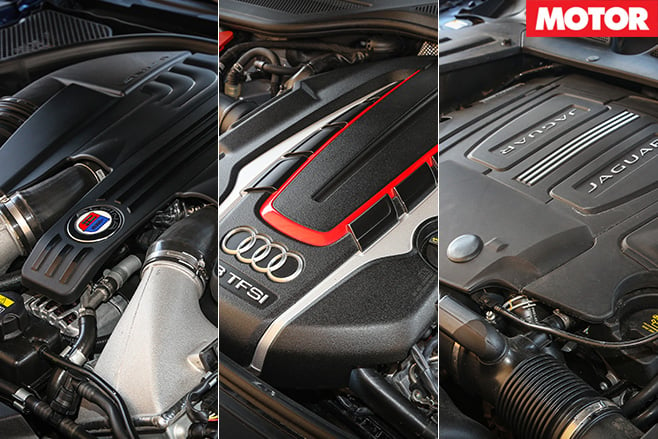
SPECS
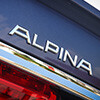 ALPINA B7
ALPINA B7
Body: 4-door, 5-seat sedan
Drive: all-wheel
Engine: 4395cc V8, DOHC, 32v, twin-turbo
Bore/stroke: 89.0 x 88.3mm
Compression: 10.0:1
Power: 447kW @ 5750-6250rpm
Torque: 800Nm @ 3000-5000rpm
Power/weight: 220kW/tonne
Transmission: 8-speed automatic
Weight: 2035kg
Suspension(f): A-arms, air springs, anti-roll bar
Suspension(r): multi-links, air springs, anti-roll bar
L/W/H: 5250/1902/1491mm
Wheelbase: 3210mm
Tracks: 1622/1619mm (f/r)
Steering: electrically-assisted rack-and-pinion
Brakes(f): 394mm ventilated discs, 4-piston calipers
Brakes(R): 366mm ventilated discs, single-piston calipers
Wheels: 20.0 x 9.0-inch, 20.0 x 10.0-inch (f/r)
Tyre sizes: 255/40 ZR20 (f); 295/35 ZR20(r)
Tyre: Michelin Pilot Super Sport
Price as tested: $400,000 (est)
Pros: Massive power; great handling/comfort balance
Cons: Huge price tag; needs better body control
Star rating: 4.5/5
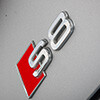 AUDI S8 PLUS
AUDI S8 PLUS
Body: 4-door, 5-seat sedan
Drive: all-wheel
Engine: 3993cc V8, DOHC, 32v, twin-turbo
Bore/stroke: 84.9 x 89.0mm
Compression: 9.3:1
Power: 445kW @ 6100-6800rpm
Torque: 700Nm @ 1750-6000rpm
Power/weight: 224kW/tonne
Transmission: 8-speed automatic
Weight: 1990kg
Suspension (f): multi-links, air springs, anti-roll bar
Suspension (r): multi-links, air springs, anti-roll bar
L/W/H: 5147/1949/1458mm
Wheelbase: 2994mm
Tracks: 1632/1623mm (f/r)
Steering: electrically-assisted rack-and-pinion
Brakes(f): 380mm ventilated discs, 8-piston calipers
Brakes(r): 325mm ventilated discs, single-piston calipers
Wheels: 21.0 x 9.0-inch (f/r)
TYRE sizes: 275/35 R21 101Y (f/r)
Tyre: Pirelli P Zero
Price as tested: 330216
Pros: Crazy performance; adjustable handling
Cons: Numb steering; dated interior
Star rating: 4/5
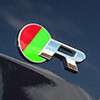 JAGUAR XJR
JAGUAR XJR
Body: 4-door, 5-seat sedan
Drive: rear-wheel
Engine: 5000cc V8, DOHC, 32v, supercharged
Bore/stroke: 92.5 x 93.0mm
Compression: 9.5:1
Power: 404kW @ 6000-6500rpm
Torque: 680Nm @ 3500-4000rpm
Power/weight: 216kW/tonne
Transmission: 8-speed automatic
Weight: 1875kg
Suspension (f): multi-links, coil springs, anti-roll bar
Suspension (r): multi-links, air springs, anti-roll bar
L/W/H: 5130/1899/1460mm
Wheelbase: 3032mm
Tracks: 1626/1604mm (f/r)
Steering: electrically-assisted rack-and-pinion
Brakes(f): 380mm ventilated discs, 4-piston calipers
Brakes(r): 370mm ventilated discs, single-piston calipers
Wheels: 20.0 x 9.0-inch; 20.0 x 10.0-inch (f/r)
TYRE sizes: 255/35 ZR19 92Y (f); 275/35 ZR19 100Y XL(r)
Tyre: Michelin Pilot Super Sport
Price as tested: 300275
Pros: Steering accuracy; playful chassis; looks
Cons: Feeling its age inside; traction difficulties
Star rating: 4/5

